Fuling Mausoleum #1 沈阳福陵
Hi steemians:
Today I would like to take you with me to the Fuling Tomb of the Qing Dynasty, which was the mausoleum of Nu'erhachi(Emperor Taizu) and Empress Xiaoci Yehenala. As it is situated in the eastern suburbs of the old city of Shenyang, it is popularly called the East Tomb. It was buit in the 1629 in the reign of Emperor Tiancong of Late Jin Dynasty.
I have been lived in Shenyang for more than ten years, and never visited it before, although I passed by it many times. Last weekend, the day was clear I took my child to play in the Dongling park , which is nearby, and we were just in time to know it and the history of Qing Dynasty.
After having breakfast, we set out. It took us for about forty minutes to get there. Fronting water and with a hill at the back, it has a dense growth of evergreen trees and form a beautiful scenery.
So it is not the same with Beiling Park (the tomb of Emperor of Huangtaiji). the whole scenic spot is built on the hill, smaller than Beiling Park, and looks desolate. But I like the places where there are few people in the tourist attractions, and I can hang out here slowly.
Although it was early spring, there were still some snow on the ground. You can hardly see the green trees and red peach flowers except these old pine trees. Surrounding the ancient architechtures, they are always green all the year round, vigorous and forceful, and adorn the place.
So these pine trees have embellished the imperial mausoleum. In fact, Planting trees on the tomb was common and a system of ancient time, which originated from Qin Dynasty. Some trees imply some meanings, such as "Zhanbansong", symbolize the civil and military officials standing before the tomb.
Now Fuling Mausoleum is formally listed as the Word Cultural Heritage. Many people are fascinated by the unique construction style, the historic and cultural connatation, including me.
Now let's take a look!
When you come to the entrance of the Tomb, you will see two big dolmens, showing the identity of the emperor of the Qing Dynasty.
This is the entrance of the tomb.
After entered it, you can see the brick road and on both sides of it, there are stone carving in pairs, such as ornamental columns erected in front of palaces, camels, horses, lions etc, standing tidily on the ground and protecting the imperial mausoleum.
And then we walked on .. So you can guess what follows. . I will share with you next time. :)
To Be Continued..
今天给大家分享沈阳又一个世界文化遗产,清福陵(沈阳东陵) 。
在沈阳生活10多年了,好多次从门前经过,但是以前从来没进去游览过。上周末趁天气晴朗,于是带着孩子在东陵公园那边玩了半天,顺便逛一逛东陵,了解一下满清的历史。
早饭过后,我们就出发了。大约40多分钟即可到达。由于东陵公园位于沈阳的东部郊区,故此得名。它是清太祖努尔哈赤和孝慈高皇后叶赫那拉氏的陵墓,建于1629年,竣工于1651年(顺治八年)。
它前面临浑河,后面是天柱山。所以东陵与北陵很不一样,它整个景区其实是建在小山上的。北陵地处平坦,面积也大,由于在市中心,所以去北陵公园游玩的人也多。相比之下,东陵这边到显得非常冷清。但是我就喜欢旅游景点人少的地方,心情也好,自己可以慢悠悠的闲逛。
虽然是早春三月,这里仍然还有一些冰雪,还看不到桃红柳绿的痕迹。倒是这里的古松,枝繁叶茂,郁郁葱葱,一年四季把园区点缀成一片绿色的海洋。
因此这里的松树也是园区一大亮点哦。实际上在陵墓上种植树木是很常见的,早在秦代就有了。这是古代的一种制度。种植的每种树木都是有一些寓意的,比如占班松就象征着皇生前的文武大臣,恭敬的站立在陵墓前守卫着。
来到园区入口,就会看到两个大的石牌坊。从这里开始就算是景区了。石牌坊,顾名思义,整个牌坊,仿传统木牌坊建造,三门四柱,彰显了清帝王的身份。
然后就是景区正门,大红门了。 有三个门洞,门前也有两个大石狮子和北陵一样。买票进入后,你会看到脚下是砖铺的甬路,两旁整齐地排列着成对的石雕,有华表、驼、马、狮等石像生保护着皇陵。中间为神道。这些和北陵里面都很相似,但是接下来的就会有不同咯。
(未完待续)

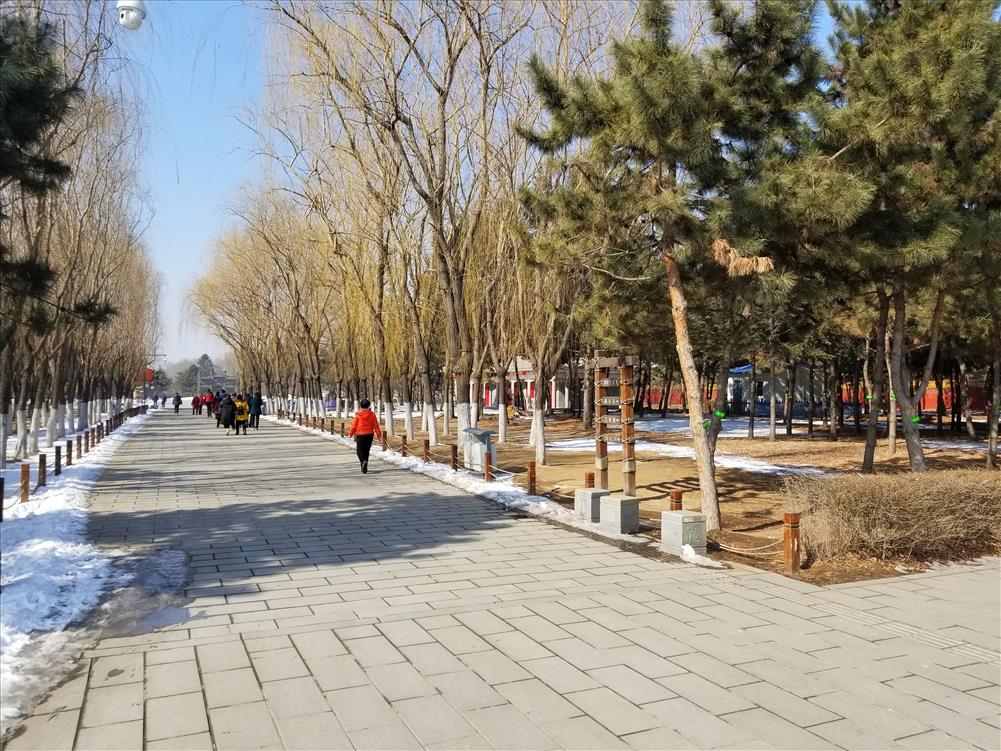



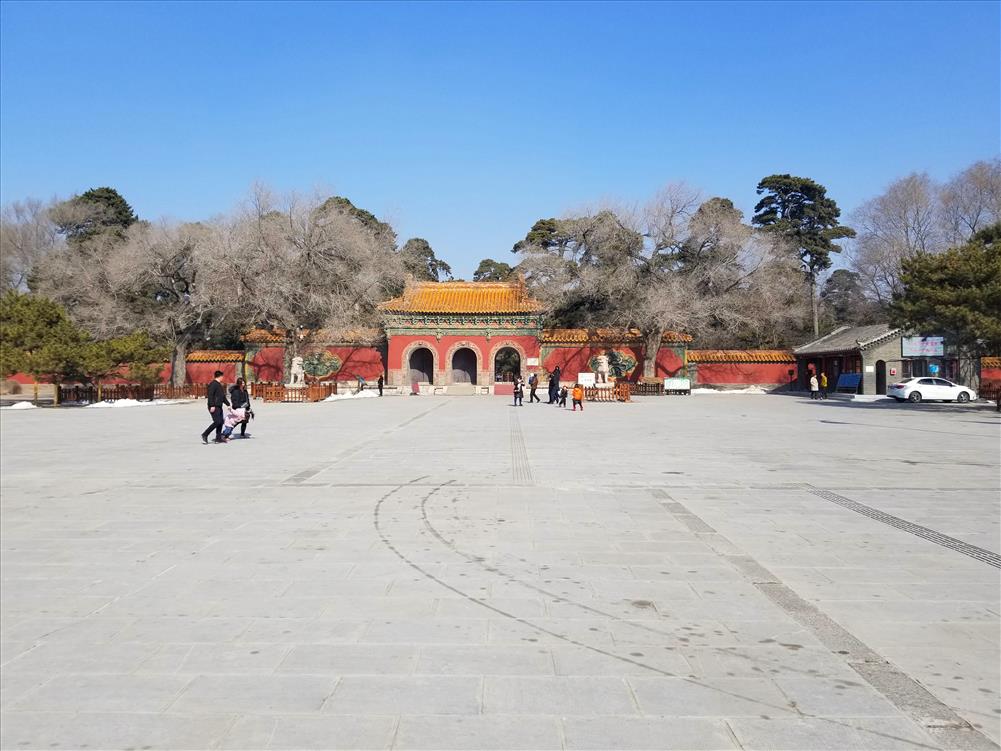
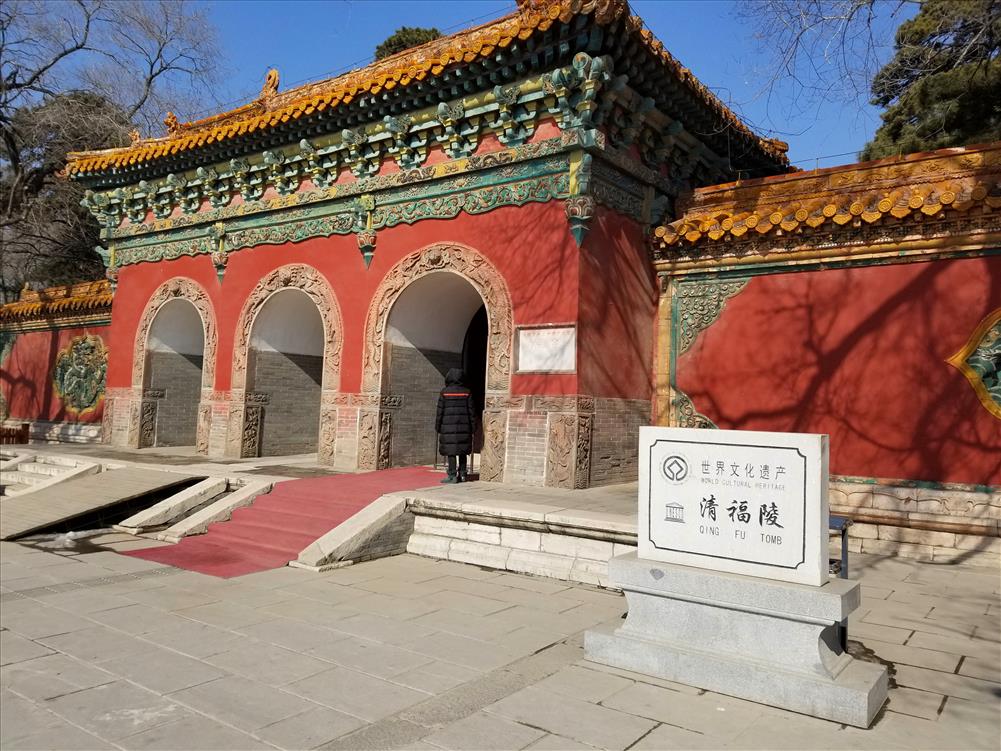

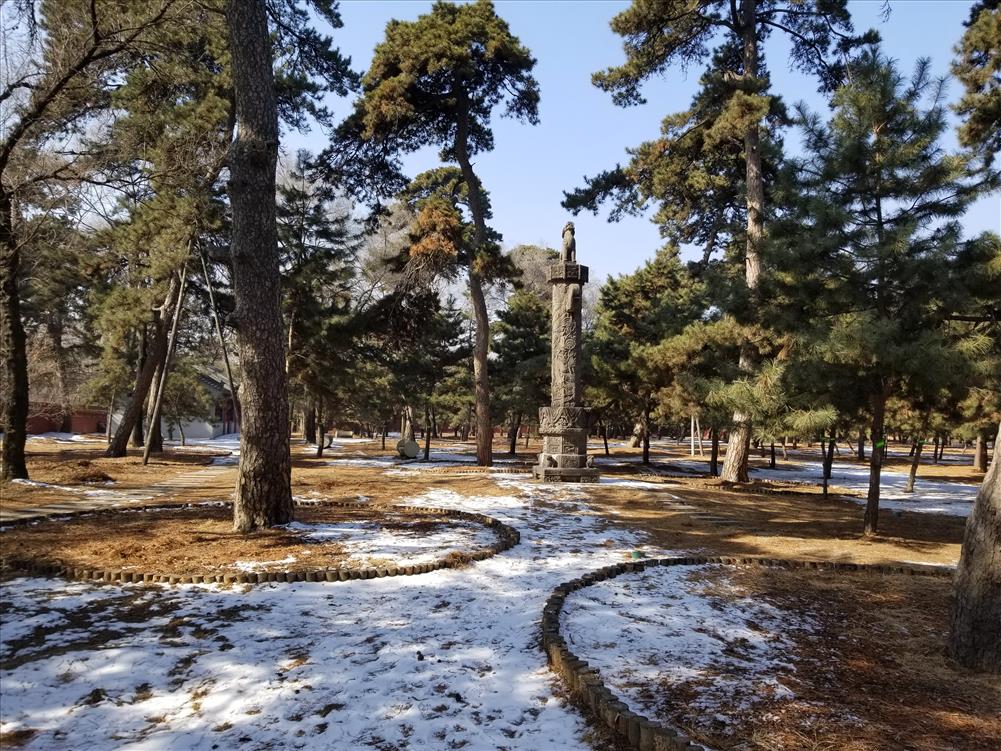

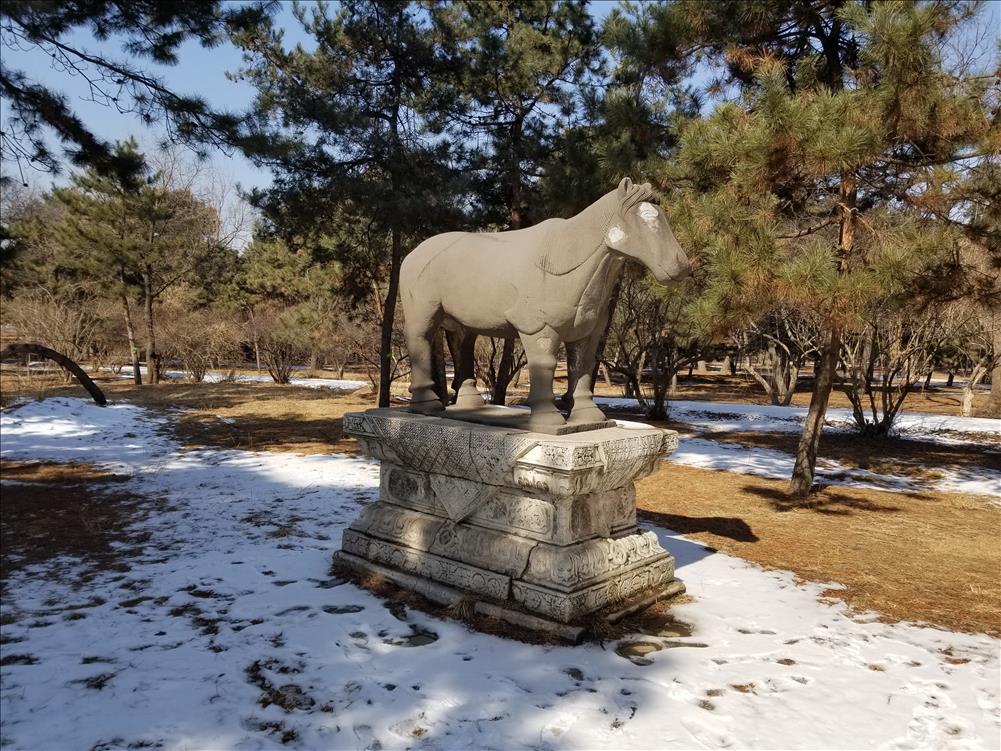

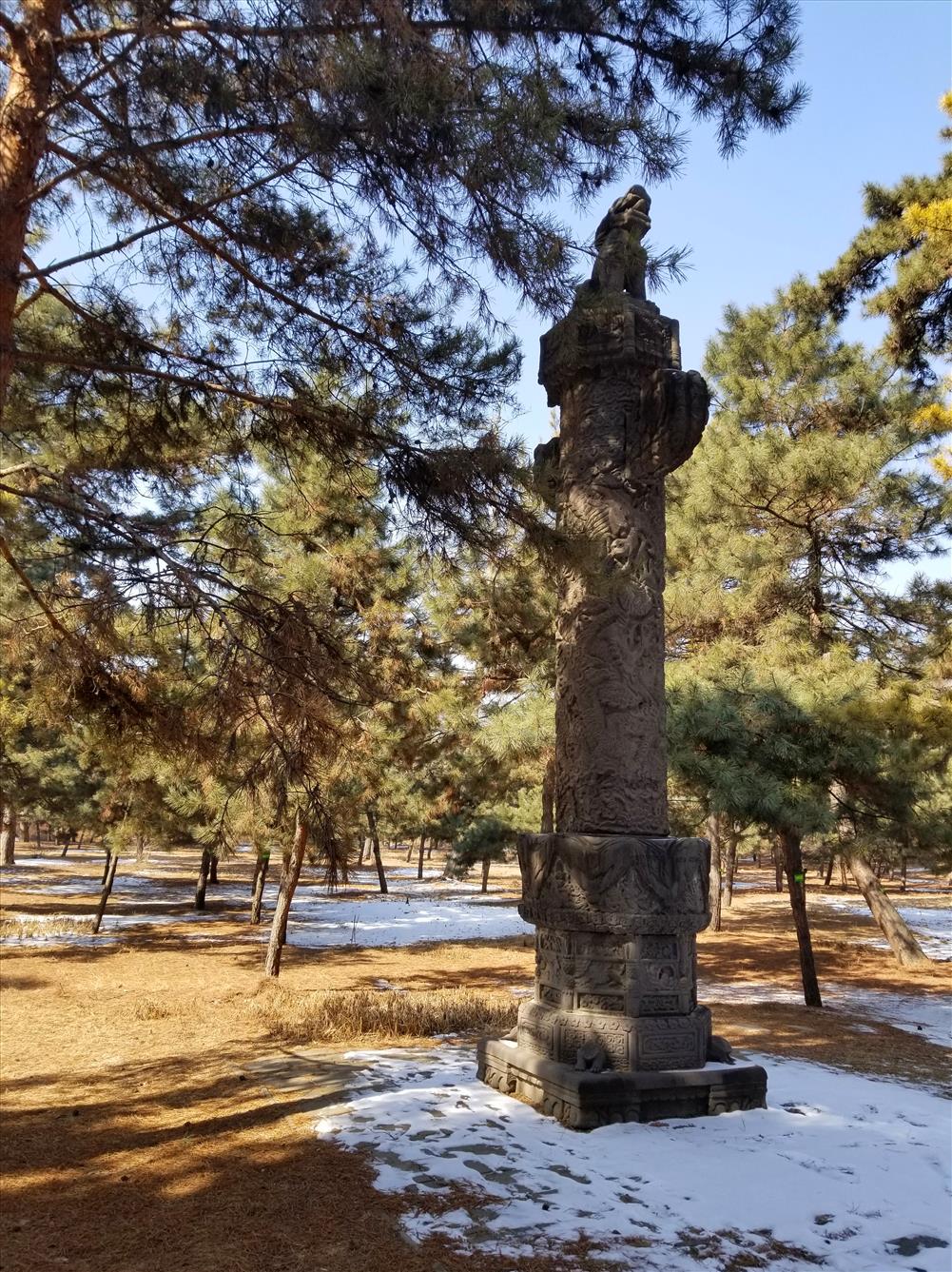
It seems a nice place to visit @helene. I think I would enjoy the view if ever I get there. Thanks for sharing it!
Looks nice!
Amazing it's very amazing tour and this place I like very much thinks are so learnable and also historical I like it and photos are very fresh and lovely nature
good articles friends, holidays while enjoying historical places, indirectly we get education about history while vacation.
我老家是鞍山,离沈阳非常近,每次转机的时候都会飞到沈阳!看到这篇帖子真的很怀念感,想念我们老东北的一草一木以及生活气息!多多更新沈阳的文章吧,让全世界都认识我们大东北的文化!关注ing❤️
老乡你好,握手:)
🤝🤝🤝😆想不到在steemit里还遇到了老乡哈
You never cease to amaze me with your creative designs! These are so hip and fresh and they look amazing on you! You look great!!! 😘 Nice job my dear!
The place is beautiful
Nice and beautiful
沈阳的在这儿~
握手。:)
Woow amazing. A Beautiful City. Full HD photo and very clean